I reflect on an Autodesk assembly and found the following:
Note that for the PressurePipeNetwork class, it is public, and there is a method AddLinePipe which is also a public. However, one of the parameters for AddLinePipe, PressurePartSize is internal.
Usually we will not be able to compile with code like this ( and we will get "Inconsistent Accessibility" sort of compilation error) in .Net. But somehow this assembly got away with it.
And I check already, there is only one PressurePartSize in the assembly.
I'm not too sure when someone said that it cannot be done. Autodesk already did it; I got the assembly!
Not only that, one can somehow use the library in C#, but with the error message
Autodesk.Civil.DatabaseServices.Styles.PressurePartSize is showing error that in accessable due to protection level.
How to do it? I am willing to use any language to achieve this, not just C#. or .Net

